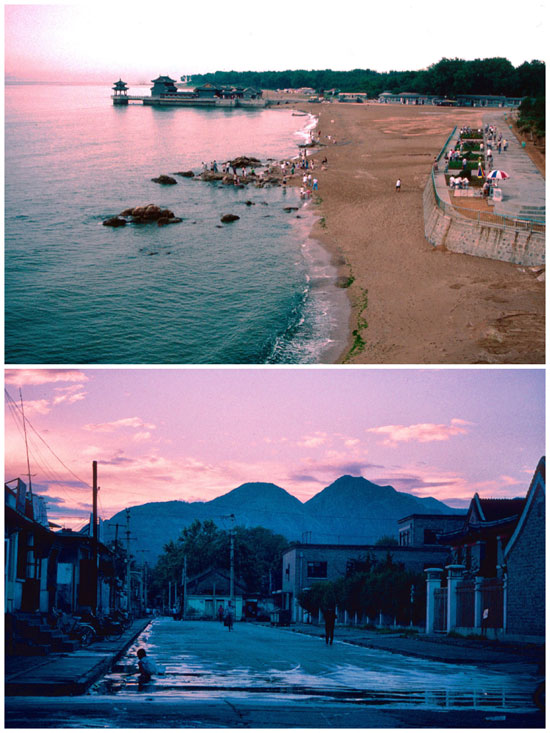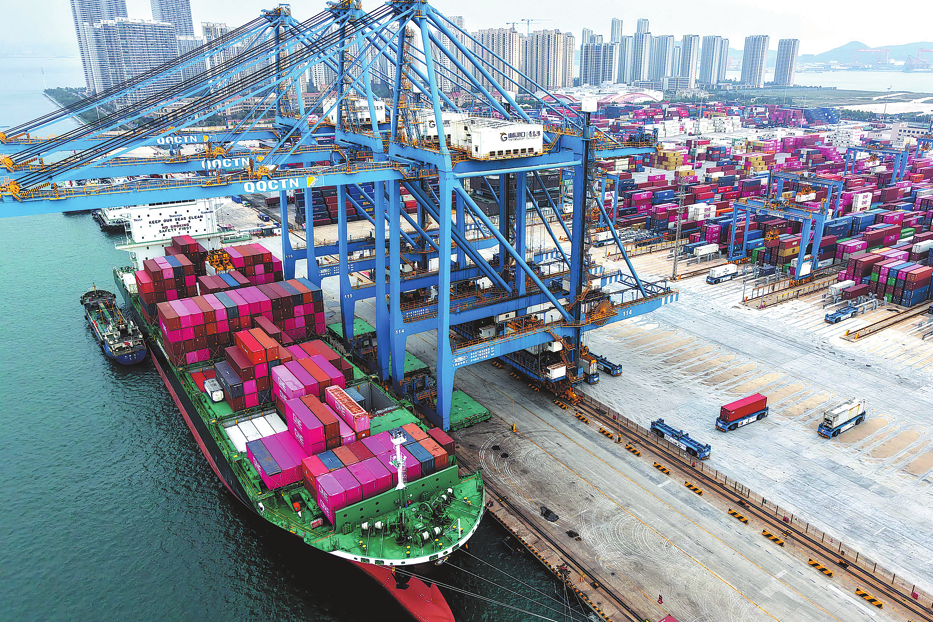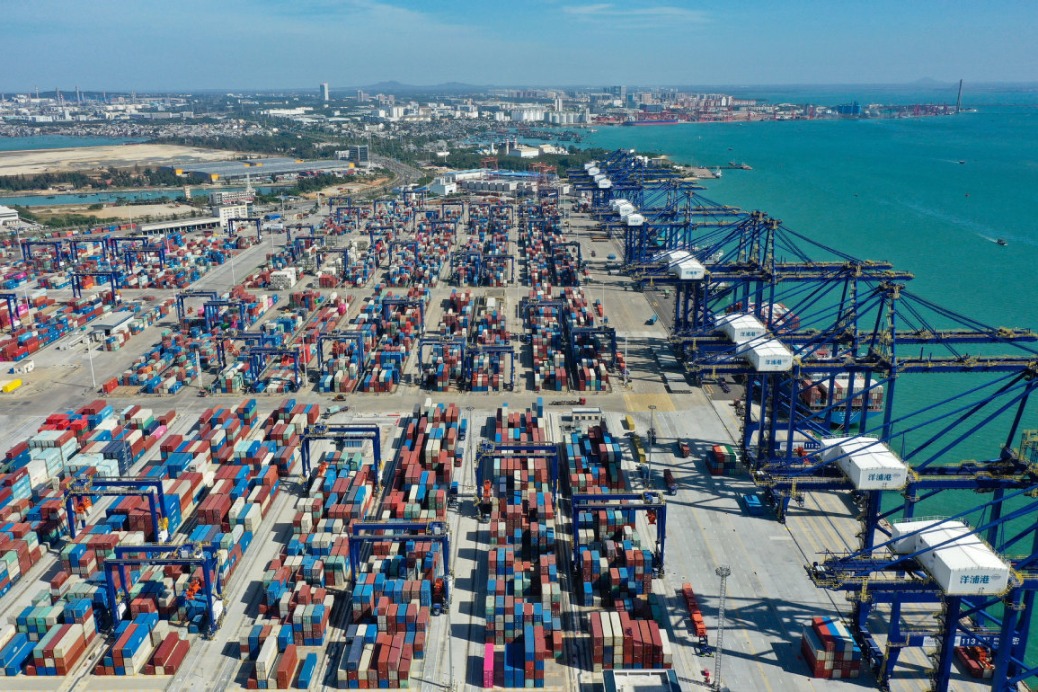Shanhaiguan - A strategic pass where Great Wall reaches sea


As I sat there transfixed I noticed no cars were within the historic area - only bicycles, three-wheel “tuk-tuks” and “sanlunche” taxis. Commerce however sprouted everywhere with many small open-fronted shops selling a profusion of household goods. In an alley directly below me a trader sat amid his extensive display of bamboo brushes.
Shanhaiguan is one of the major passes along the entire Great Wall. Today a popular tourist destination it was declared a National Cultural Site in 1961. Throughout history it served as a major defensive outpost protecting Beijing and the country from the various warlike groups from what is today’s Dongbei or China’s Northeast. With a relatively narrow gap between the Yan Mountains and the Bohai Gulf the pass has had a strategic role dating back at least to the Northern Qi Dynasty (550-577AD). The present structure was erected under the command of Ming Dynasty General Xu Da in 1381. In the 16th century another Ming general, Qi Jiguang started the construction of a military city around the pass, turning it into one of the most heavily fortified in China.
Standing there on the wall it was easy to appreciate the town’s strategic and route importance. The railway, connecting Tianjin and its port with both Beijing and Shenyang, reached Shanhaiguan in 1893. Ultimately it connected with Dalian, Harbin and Russia. Today the Jingha Expressway (G1) and National Highway G102 linking the Northeast with Beijing skirt between the northern end of the Old Town and the mountains.

































